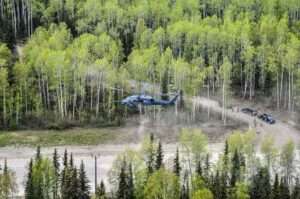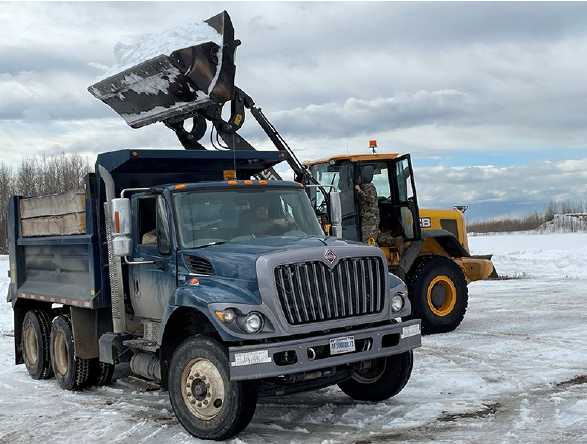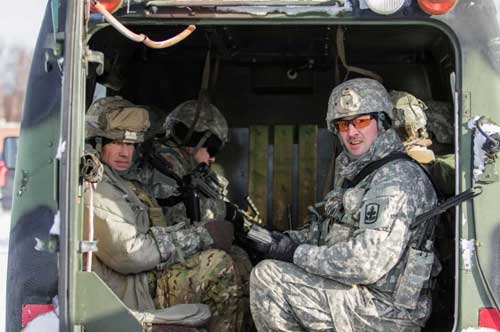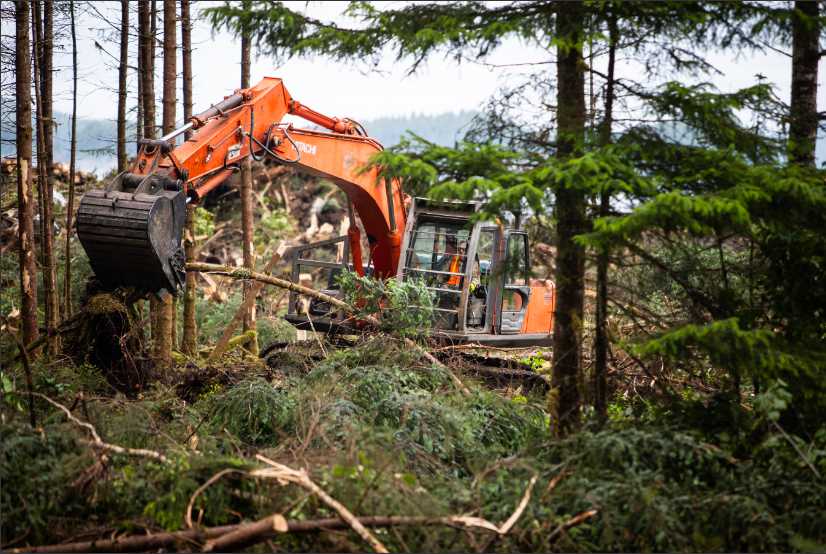
JOINT BASE ELMENDORF-RICHARDSON– In May, the 177th Civil Engineer Squadron led a Prime Base Engineer Emergency Force (BEEF) training week at Camp Mad Bull on Joint Base Elmendorf-Richardson (JBER), including civil engineers from the 108th Wing, 111th Attack Wing, and 176th Wing from the New Jersey, Pennsylvania and Alaska Air National Guard, respectively.
The exercise began with engineers of numerous career specialties constructing a bare base from a Disaster Relief Bed-down System (DRBS), followed by multiple contingency combat skill courses across two days, and finally, a three-mile-long obstacle course.
“Engineers are born as multi-capable Airmen,” said U.S. Air Force Master Sgt. Michael Garcia, 177th Civil Engineer Squadron Prime BEEF manager. “We are carpenters, plumbers, heavy equipment operators, electricians, and so much more. Air Force Instruction 10-210, which outlines contingency training outside an Airman’s specialty, sets us apart from the active duty Air Force.”
Part of a civil engineer’s duty is to provide shelter for all service members in deployed environments. This ensures that other Airmen from any career field can complete their missions.
“Our job is to make sure we can bed down people and make sure the mission happens in any austere location to get the aircraft off the ground,” said Garcia.
Relocating the 177th, 108th, and 111th civil engineers offers them hands-on experience.
“We can even build tents at home, but that wouldn’t be training in an unfamiliar environment,” said Garcia. “When you deploy, you’re not familiar with the area. It wouldn’t have been beneficial to stay in New Jersey. Alaska sets us up to be prepared for the unknown.”
Camp Mad Bull at JBER provided previously unfamiliar equipment to some engineers.
“We were unsure of the specific equipment we would be working with,” said Senior Master Sgt. William Ericksen, Heavy Repair Superintendent of 177th Civil Engineer Operations Flight. “Having us away from the equipment and environment that we know is much more realistic to a deployed environment.”
Pages: 1 2








